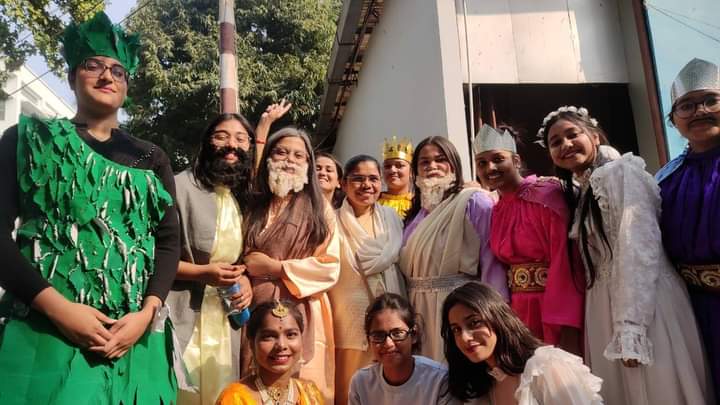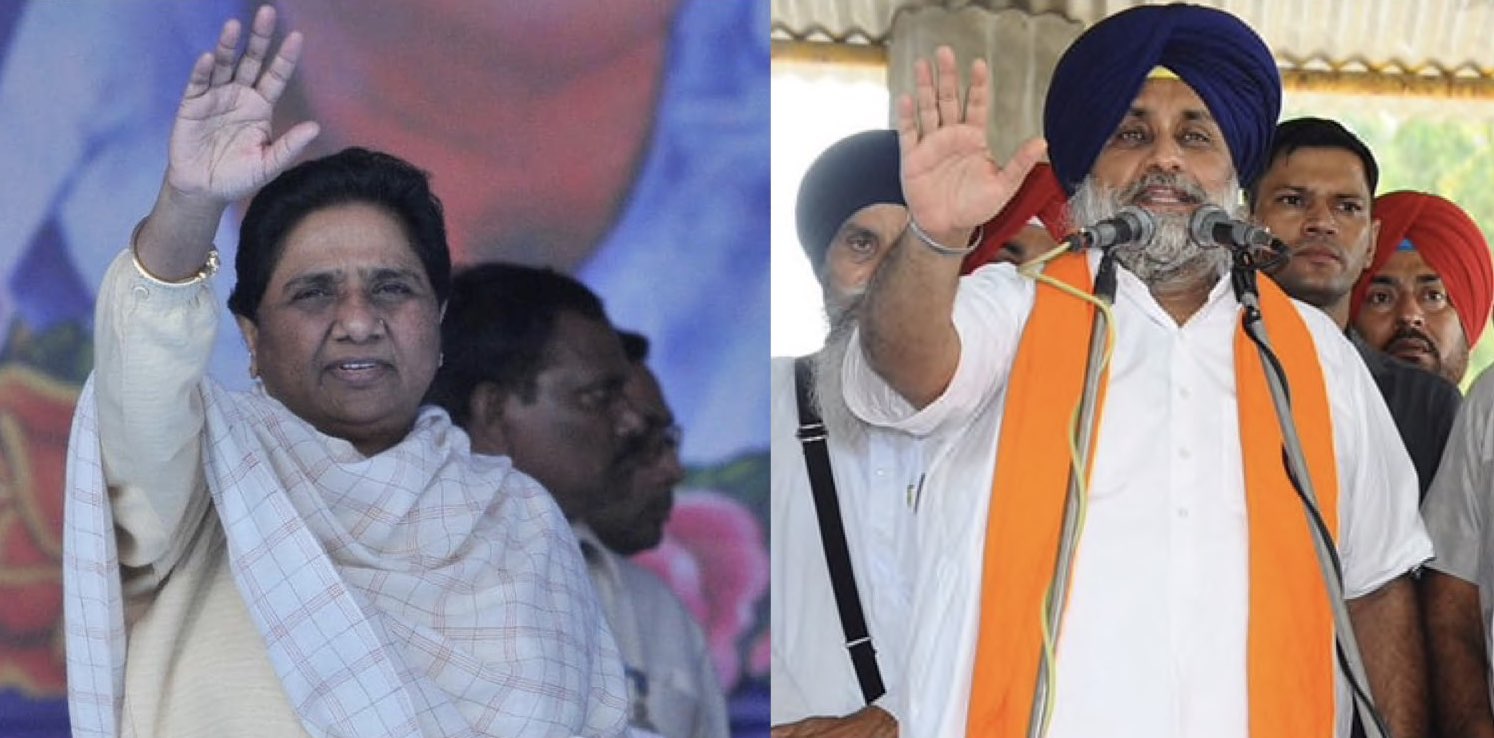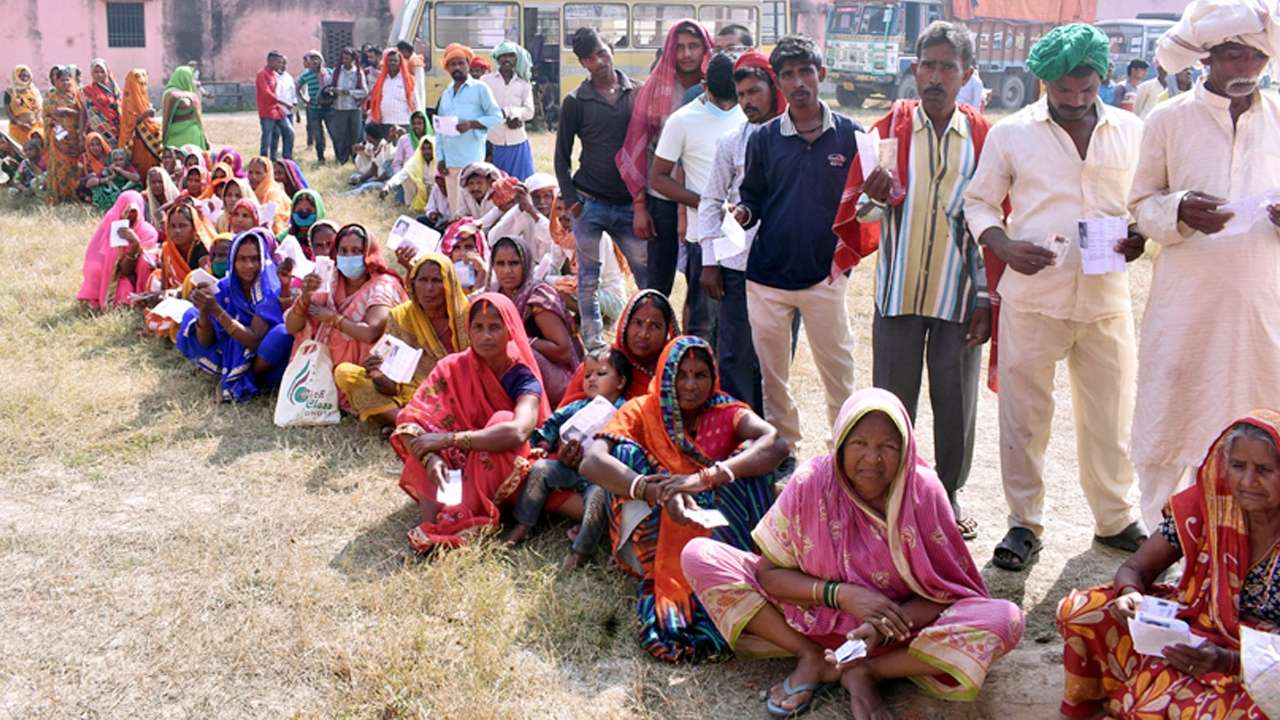Bahujan culture is also known as Shraman or Arjak culture. The beauty of this Shraman culture manifests itself in almost all parts of the country in the traditional songs of the different castes of the Bahujan community. These labour songs must have been composed to help the working class lessen or forget its fatigue. Here are some caste- and profession-specific labour songs of the Bhojpuri area:
Key songs of Aheers:
Many songs, dances and folk tales are popular among the Aheer or Yadav caste in the Bhojpuri area. Birha, Pharuwahi (Ahirau dance), Lorikayin or Chaneni are the key ones among them, which can still be heard and seen in the Bhojpuri area.

Birha : As its name suggests, Birha is a song of virah (separation from one’s beloved). It is mainly sung while grazing cattle. When the shepherd, putting his finger one ear, raises the taan, it seems as if he is pouring out the pain of the entire society. In one of the Birhas, an elderly lady sermonizes young girls, “Pisna ke parikal musaria, tusaria; doodhwa ke parikal bilar; aapam jobanwa sambhariye e bitiywa, rahri mein lagal ba hundar” (Just as the flour stored in the house has to be protected from rats and milk from cats so should you protect your youth, for people with evil designs are eyeing them).
Of late, Birhas describing specific incidents are becoming popular. The hinterland of Ghazipur, Azamgarh and Banaras are known for Birha.
Faruwahi Geet: Associated with the Yadav caste, this is a khela (sports) song. The singers perform various stunts while singing these songs. The stunts are mainly related to wrestling, and the songs are about valour and courage. They are sung by groups of up to ten. Some play instruments such as nagara, kartar and phar made of iron. The instrumentalists form a circle inside which the singers perform stunts.
Lorikayan: This is the traditional storytelling song of the Yadavs. It has three different versions. In the Maithili and Maghahi areas it is called Lorikayan. In Bhojpuri area it is called Loriki and Lorikayan and in the Awadhi region, Chaneni. This story is based on the romance of Lorik and Chanda.
Songs of Dhobhis: The songs sung by the Dhobhi caste, whose members have traditionally washed clothes for a living, are known as Dhobhiyau songs. In one such song, a dhobhi is telling his wife, “Tomorrow we have to the ‘ghat’ [The place on the bank of the river where clothes are washed] so prepare moti litti [a thick roti] and don’t forget to carry soap, tobacco and some fire.” The song goes like this: “Moti-moti litiya lagehe dhobiniya ki bihine chale ke ba ghat, teenahi cheezen mat bhulehe dhobhania ki tikiya, tamaku, thoda aag.”
During their festivals, members of the Dhobhi caste sing and dance in groups. They play an instrument called hudka in these songs and dances, which are also called hudka dances.
Songs of Kahars: The traditional work of this caste is carrying the doli or palki (palanquin). While taking the newly-wed bride to her in-laws’ place, the Kahar sings, Budwa kaharwa ke aayee budhaia, to phekein talone mein jaal (The Kahar is old but he is still casting a net in the pond to catch fishes) to lighten the burden on his shoulders and forget his fatigue for a moment.
Songs of Telis: The Teli caste is traditionally engaged in extracting oil from oilseeds. Earlier, a bullock-driven contraption called kolhu was used for the purpose. The Teli would start running the kolhu well before sunrise. While walking behind the bullock in the dark, he would sing songs that touched one’s heart. Besides love and romance, the songs are also about their work. One of the songs refers to ghani and extraction of oil using it. Kauni ki junia telin ghania are lagawe. Are kauni junjiya na. Koilari sabad sunaye ki kauni junia na. Adhi kee ratia Teliin ghania lagawe, ki pichli ratia na. Koilari sabad sunawe ki pichli ratia na (Oh Telin, when did you set up the ghani and when did I hear the call of the cuckoo? The Telin set up the ghani at midnight and I heard the call of the cuckoo last night).
Gond songs: The traditional occupation of the Gond caste is fetching water and cutting wood for fuel. The women of the community cook foodgrains in furnaces. They dance on festive occasions. The Gondau dance is a fine example of folkdance. In one of the Gond songs, a woman says that a thief came disguised as her sweetheart and stole her bracelet (Khur khur khur khur tati bole, hum jaani piyawa mor, piywa ke bhese ayele, kangna le gayele chor).
Jantsar: Until some years ago, wheat was ground in a hand-operated stone mill called jaanta. The songs that were sung by women while working on the jaanta were called Jantsar. In one of the songs, a woman says, “Aey Ram Hari more gayle videswa, sakal dukhwa deye gayele ho ram. Aer sasu nanadiya birahi boleli, kekar kamiya khadbu ho ram” (My husband has gone to some other city. That is why my mother-in-law and my sister-in-law ask whose income will feed me). It may be mentioned here that folk artiste Bhikhari Thakur has extensively used Jantsar songs in his play Videsiya.

Ropni-Sohni: These are the songs women agricultural labourers sing during planting and harvesting. These songs beautifully depict the bittersweet exchanges in a family. See the pain of being away from one’s beloved in these lines: Nandi jhargava kayli, piya pardes gayle. Kiya ho rama, bhauji roveli chatia phate ho ram (My sister-in-law quarrels with me. My beloved has gone to another place and her bhauji [ie the singer] is crying).
Thus, these songs, besides depicting the various occupations of the working class, also underline the close proximity of the Bahujan castes with nature. The pain of the large-scale migration from the region in search of employment is also reflected in these songs, particularly in those sung by women. A detailed and comprehensive study of these songs would reveal that, as opposed to the parasitic existence of the Dwij castes, work and production have been the prime values of Shraman culture.
Published in the October 2014 issue of the Forward Press magazine
Forward Press also publishes books on Bahujan issues. Forward Press Books sheds light on the widespread problems as well as the finer aspects of Bahujan (Dalit, OBC, Adivasi, Nomadic, Pasmanda) society, culture, literature and politics. Contact us for a list of FP Books’ titles and to order. Mobile: +917827427311, Email: info@forwardmagazine.in)




